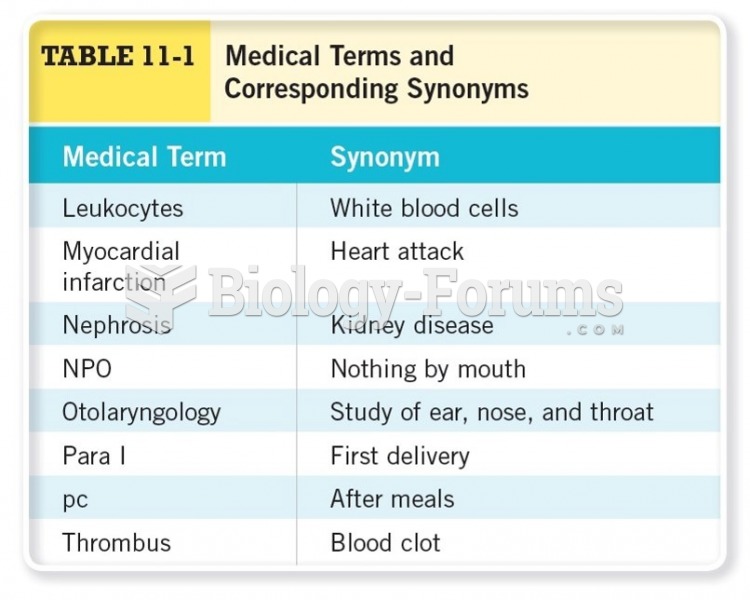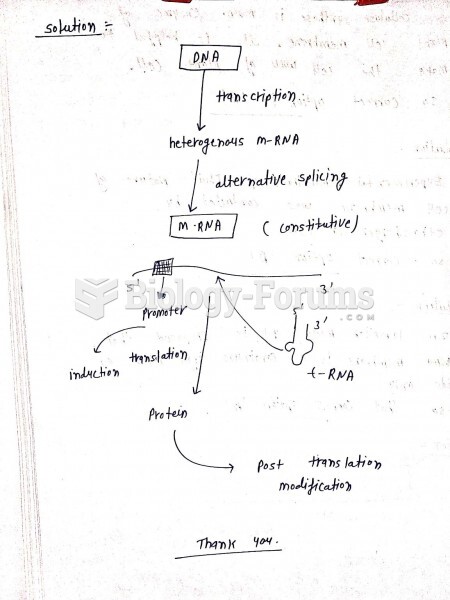Answer to Question 1
Heterophonymany simultaneous versions of a tune
Drone/ostinatoreiteration of a rhythmic pattern on very few pitches
Layeringparts with distinct polyphonic functions arranged according to pitch range
Counterpointthe middle-pitched melodies introduce two new tonalities and other contrapuntal rhythmic features . . Distinctive countermelodies, often in the yodeling parts.
Accompanimenttwo drum parts and hand clapping.
Answer to Question 2
Setting: a performance event (eboka) of Mabo, a type of music and dance associated with net hunting. The purpose of presenting this song was partly ritual (preparation for hunting) and partly for the pleasure of learning new songs and dances.
Form and Texture: sections of singing, drumming and dancing. Each song has a theme, that is, a text and a tune. By simultaneously improvising melodic variations, singers create a rich polyphony.
Timbre: Men and women of all ages sing Makala, using a great variety of vocal timbreschest and head voices (two types of similar vocal-tone qualities) to create a variety of tone colors from tense or raspy to relaxed or breathy. Yodeling also occurs (quick shifts between head and chest voices). Drum parts are played on drum skins that cover ends of carved, cone-shaped logs.
Theme: The song's melodic theme is often obscured by the rich, complex-sounding polyphony (many different melodies sounding simultaneously); improvisation on the melodic theme is encouraged. (See Transcription 3-22a, Isolated melodic theme of Makala,' Worlds of Music, p. 169 and Transcription 3-22b, Excerpt of a version and variation of Makala,' Worlds of Music, p. 169) There is much use of vocables (wordless syllables which are also frequently found in Native-American songssee Chapter Two.)







